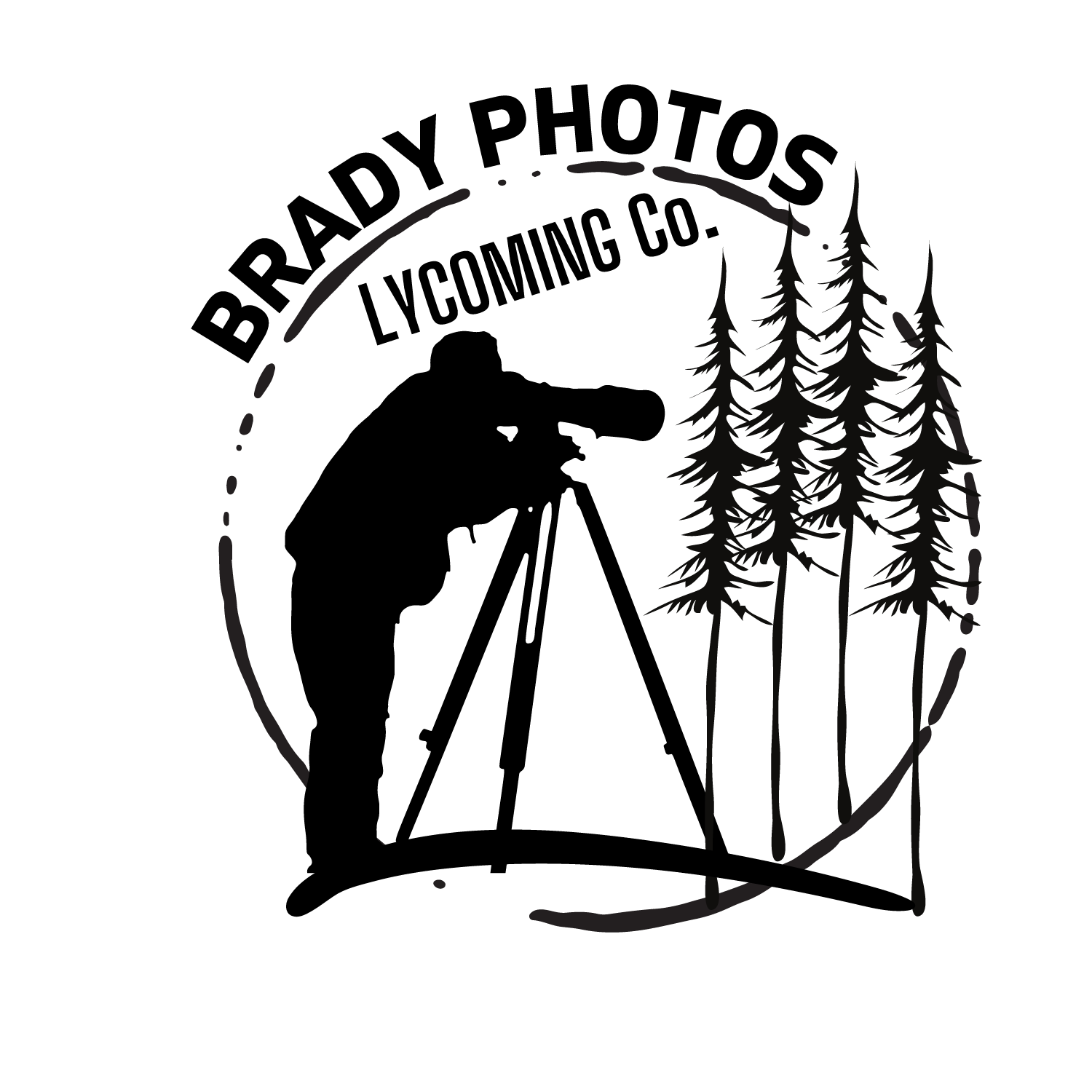Composition Is Storytelling
By Stephan P. Brady
Featuring “Foxglove near Mt. St. Helens
The Myth of “Just Pretty Pictures”
People often assume that landscape photography is about finding something beautiful and pressing the shutter. But beauty is everywhere — it’s not enough.
A compelling photograph doesn’t just show a scene; it communicates something. It draws the viewer in, holds their attention, and evokes a feeling that lingers long after they’ve moved on.
That’s the work of composition.
Composition is how you tell the story — without words.
The Day at Mount St. Helens
Look down!
The day I photographed the foxglove, the land still carried the quiet scars of eruption from 42 years before— gray soil, sparse grass, and wind that felt older than the mountain itself. And on that day the clouds were low, forcing one to look down rather than out—or up!
Amid all that stillness stood this small clump of flowers: a burst of color, fragile but defiant. Many would say these are not wild flowers. Many of us have them in our gardens back home. I do now, after seeing these at Mt St Helens.
As you see in this image, the view of these flowers, standing tall in the 40 year old devastation is still a powerful image. I could have stepped back, shown the hillside, the devastation, the whole landscape. But that wasn’t the story.
The story this place told was resilience.
And the only way to tell that story was to simplify.
So I composed for intent — the foxglove against emptiness, soft light giving it dignity, negative space amplifying its solitude.
1. Every Frame Should Have Intent
If you don’t know what the image is about, neither will your viewer.
Ask yourself before pressing the shutter:
“What am I trying to make someone feel?”
Once you can answer that, composition becomes deliberate.
Lines, shapes, and emptiness stop being background — they become part of your storytelling toolkit.
2. Use Lines, Layers, and Negative Space
Good composition guides the eye. Great composition guides the emotion.
Lines lead the viewer toward what matters.
Layers create depth — both physical and emotional.
Negative space gives the story room to breathe.
In the Foxglove image, the space surrounding the flower is as important as the flower itself. It speaks of isolation and recovery. It lets the viewer feel the silence of that place.
3. Simplify Relentlessly
Every element in a frame is either adding to your story or distracting from it. There’s no neutral.
Remove what doesn’t belong — clutter, color noise, competing subjects.
Simplify until only the essentials remain, and then let the light do the rest.
The strongest compositions are often the simplest, because simplicity is what allows emotion to come through unfiltered.
4. It’s Not About the Thing — It’s About the Feeling
The foxglove wasn’t the “subject.”
It was the voice of the story — a symbol of life returning to a barren landscape.
The real subject was what the flower represented: quiet persistence, beauty born of destruction.
Composition is how we give that meaning shape — where we stand, what we exclude, and how we let light fall.
Final Thought
Composition isn’t decoration. It’s communication.
Every time you look through a viewfinder, you’re not just framing a picture — you’re deciding what emotion to share.
So when you’re out there, pause. Breathe. Ask what the scene wants to say. Then compose until the story is clear.
Simplify until nothing distracts from that feeling.
Featured Image:
“Foxglove near Mt. St. Helens”
(Fine Art Print available at BradyPhotos.com)




